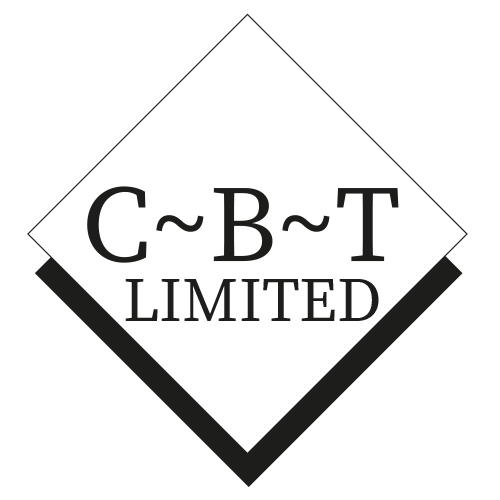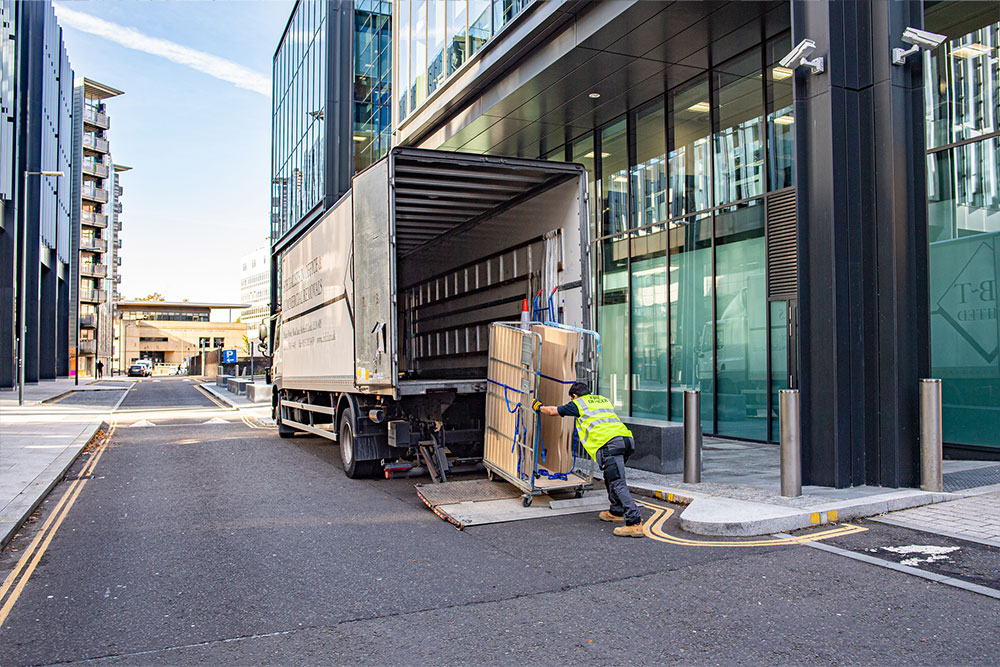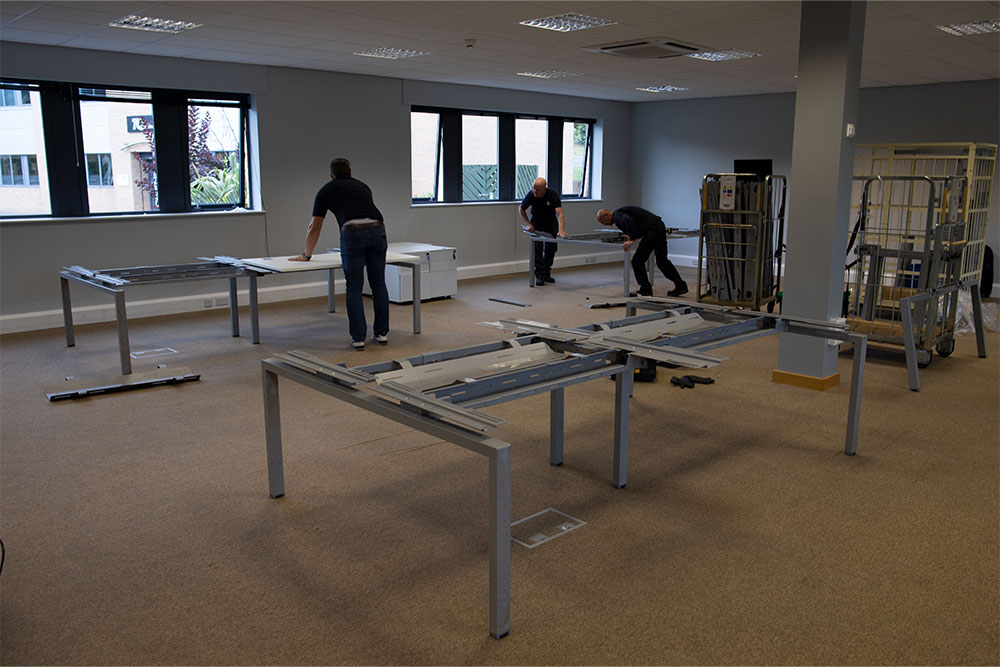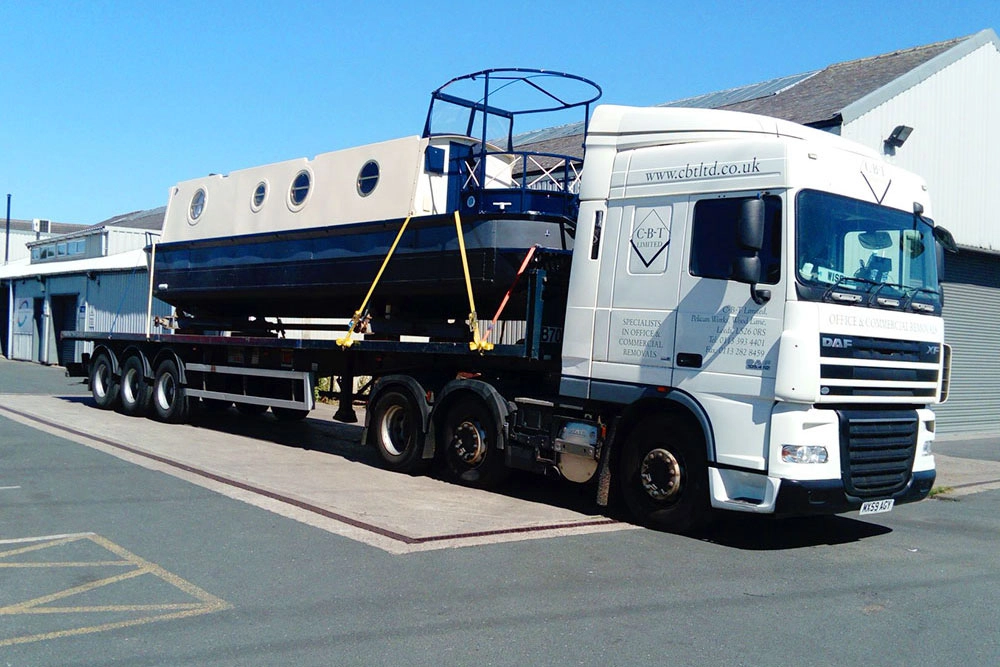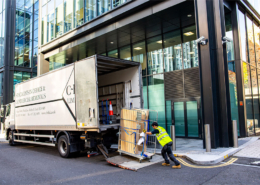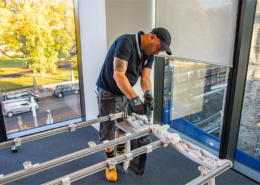Introduction: When it’s time to replace your white goods, careful planning is essential to ensure a smooth and efficient removal process. Proper planning helps minimize disruptions, ensures the safety of your home, and promotes responsible disposal. This article presents a step-by-step guide to help you plan the removal of white goods, making the process hassle-free and environmentally friendly.
- Assess the Appliances: Start by assessing the white goods you need to remove. Make a list of the appliances, their dimensions, and any specific considerations for their removal. This information will help you determine the necessary resources, such as transportation and manpower, to facilitate the removal.
- Research Local Regulations: Before proceeding with removal, familiarize yourself with local regulations regarding white goods disposal. Different areas may have specific guidelines for handling and disposing of these appliances. Contact your local waste management authority or visit their website to understand the regulations and any special requirements for their removal.
- Explore Collection Services: Check if your local municipality or waste management authority provides collection services for white goods. Many cities offer scheduled collection days or drop-off points for these appliances. Understand the collection procedures, such as contacting the relevant department, scheduling a pickup, or delivering the items to a designated location.
- Consider Donation or Resale: If your white goods are still functional and in good condition, consider donating or reselling them. Many charitable organizations accept used appliances to provide them to those in need. Additionally, online platforms or local classified ads allow you to sell your appliances, giving them a second life and reducing waste.
- Arrange for Professional Removal: If collection services are not available or if you prefer a more immediate solution, contact professional waste removal companies. Research licensed waste collection companies in your area that specialize in handling white goods. Ensure they have the necessary equipment and expertise to safely remove and dispose of the appliances.
- Prepare for Removal: Before the removal day, make preparations to facilitate the process. Clear a path for the removal team, ensuring easy access to the white goods. Disconnect appliances from power sources, water connections, and any other utilities. Safely dispose of any perishable or hazardous items inside the appliances.
- Coordinate the Removal: Coordinate the removal date and time with the collection service or waste removal company. Ensure someone is available at home during the scheduled time for a smooth pickup. Communicate any specific instructions or access details to the removal team to ensure they can efficiently handle the appliances.
- Follow Environmental Guidelines: During the removal process, adhere to environmental guidelines for responsible disposal. If necessary, assist the removal team in separating hazardous components such as refrigerants or batteries from the appliances. Properly dispose of these hazardous materials as advised by your local waste management authority.
- Document Disposal or Recycling: Keep a record of the removal and disposal process, including any receipts or documentation provided by the collection service or waste removal company. This documentation can be valuable for future reference and ensures accountability for the proper disposal of your white goods.
Conclusion: By following a well-planned approach, you can navigate the removal of white goods efficiently and responsibly. Whether utilizing collection services or professional waste removal companies, make sure to prioritize environmental considerations and adhere to local regulations. Proper planning and execution not only simplify the process but also contribute to sustainability efforts by promoting recycling and reducing landfill waste.
